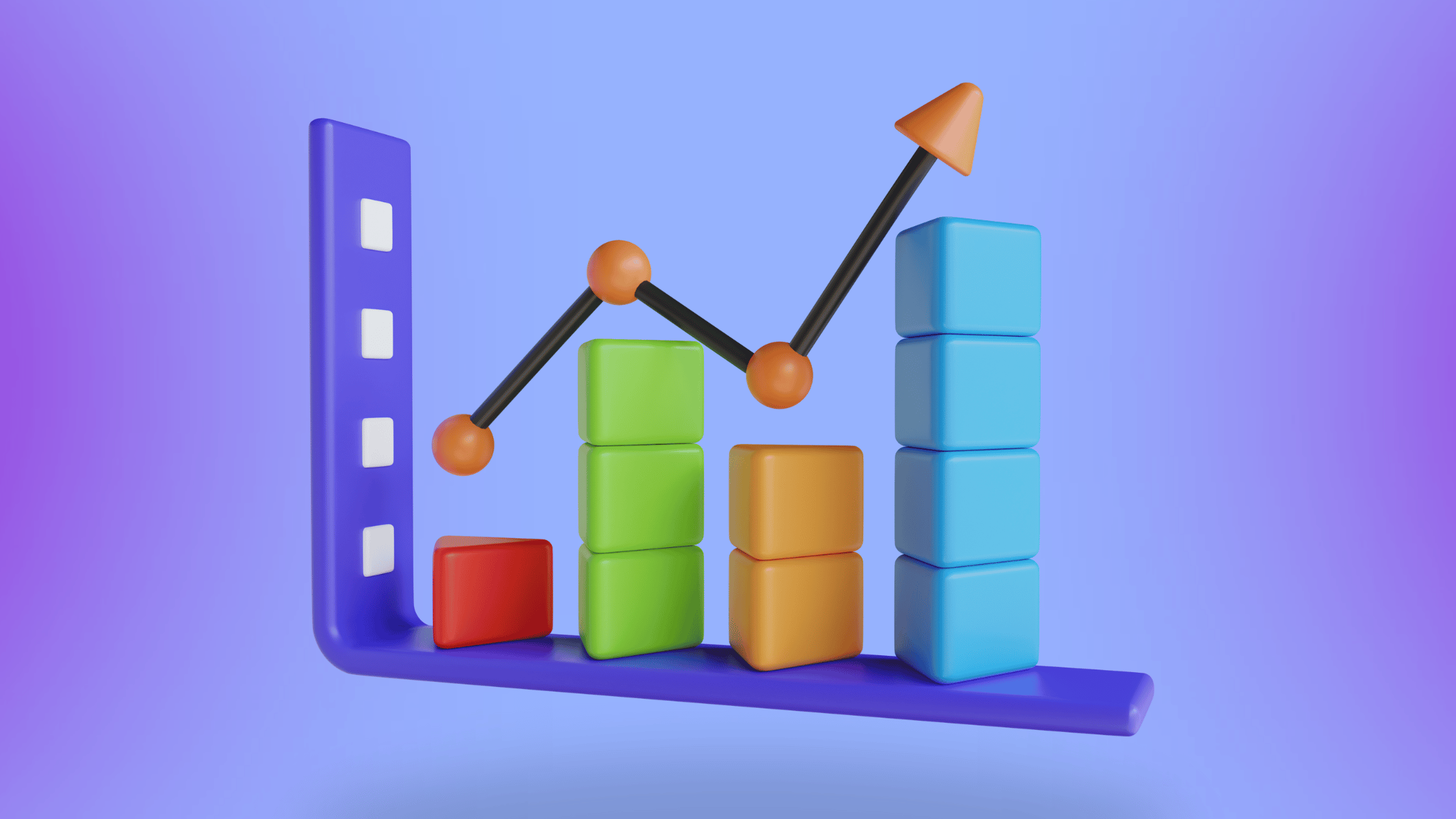In social media advertising, analytics play a pivotal role in helping businesses make informed decisions and optimize their advertising strategies. By harnessing the power of social analytics, companies can gain valuable insights into their audience, measure ad performance, optimize costs, and determine return on investment (ROI).
Did you know that it can also help you immensely with spotting trends and gauging the success of your initiatives? Let’s dive deeper into each of these key areas to understand how analytics can contribute to the success of social media advertising campaigns.
The role of social analytics in advertising

Here are some ways analytics can help your audience grow:
To know your audience
Social analytics allows businesses to gain a deep understanding of their target audience by analyzing demographic information, interests, behaviors, and preferences. By studying these insights, companies can tailor their advertisements to resonate with their audience’s specific needs and interests.
For instance, an athletic apparel brand might discover through analytics that a significant portion of its target audience is interested in running marathons. Armed with this knowledge, the brand can create targeted ads featuring professional athletes promoting their products during races. This level of specificity not only helps businesses connect with their core audience but also maximizes the chances of driving meaningful engagement and conversions.
Measure ad performance
One of the primary reasons why social analytics are crucial for advertisement is the ability to measure ad performance accurately. By leveraging sophisticated tracking tools offered by various social media platforms, businesses can track key metrics such as click-through rates (CTR), conversion rates, reach, and impressions.
These metrics enable advertisers to gauge the effectiveness of their ads and make data-driven optimizations. For example, if an ad campaign is not generating a desirable CTR or conversion rate for a particular target segment, using social analytics to identify potential pain points in messaging or creative elements can help improve future campaigns.
Cost optimization
Social analytics provides business insights into cost optimization by enabling businesses to identify which ads are yielding the best results while minimizing wasteful spending. Using data from previous campaigns and real-time tracking tools, advertisers can identify high-performing ads and allocate their budgets accordingly.
For instance, if a particular ad is generating significantly higher conversions at a lower cost per acquisition, businesses can reallocate more funds to that specific ad or replicate its winning elements in future campaigns. This data-driven approach not only ensures that the advertising budget is utilized effectively but also maximizes the overall return on investment.
Return on investment
Measuring the return on investment (ROI) is a critical aspect of any advertising campaign, and social analytics allows advertisers to do just that. By tracking key performance indicators and associating them with specific marketing efforts, businesses can quantify the impact of their social media advertising initiatives.
For example, a retailer launching a new product line might measure ROI by comparing the incremental revenue generated from social media campaigns against the total costs incurred. This data-driven approach enables businesses to make informed decisions about allocating resources and fine-tuning their strategies for maximum profitability.
Why social analytics is important in advertising
Social analytics are crucial in advertising because they provide businesses with actionable insights that drive better decision-making and improve campaign outcomes. In today’s competitive marketplace, where consumers are bombarded with advertisements from numerous brands vying for their attention, understanding what works and what doesn’t is paramount to success.
With traditional forms of advertising such as TV or print media, it was challenging to gauge the effectiveness or reach of an ad campaign accurately. However, social media platforms offer a treasure trove of data that can be leveraged through Social analytics tools to gain valuable insights into target audience preferences and behaviors.
By tapping into this wealth of information, companies can create highly targeted ads tailored to specific demographics or interests. This level of personalization enhances user experience by showcasing relevant content and increases the likelihood of engagement and conversion.
6 way social analytics help in advertisement
Now that we understand the importance of social analytics in advertising let’s delve into how these tools specifically help businesses optimize their advertisement campaigns:
A/B testing
Social analytics allows businesses to conduct A/B testing, comparing two different versions of ads to determine which performs better. By analyzing metrics such as click-through rates, conversion rates, and engagement levels, advertisers can identify the most effective variations.
For example, a clothing retailer might test two different color schemes for an ad campaign targeting young adults and use social analytics to determine which color scheme generates higher engagement. This data-driven approach empowers businesses to refine their advertisements continuously and optimize their messaging for maximum impact.
Improve ad placement
Social analytics tools provide insights into where advertisements are most effective across various platforms. Businesses can identify highly engaged user segments and place ads in these strategic locations for maximum visibility and impact.
For instance, if a fitness brand discovers through social analytics that its target audience spends a significant amount of time on Instagram, it can focus its advertising efforts primarily on that platform. This targeted approach ensures that businesses reach the right audience at the right time, increasing the chances of successful ad placements.
Understand your audience
By leveraging social analytics, businesses gain a deeper understanding of their audience’s preferences, interests, and behaviors. This knowledge helps in creating highly relevant content and personalized ads that resonate with the target audience.
For example, a food delivery service might discover through social analytics that its audience is heavily interested in healthy eating trends. Armed with this information, the brand can create ads highlighting its nutritious meal options and position itself as a solution for health-conscious individuals.
Monitor your competitors
Social media analytics not only provide insights into your own performance but also allow you to keep an eye on your competitors’ activities. By tracking competitors’ ad campaigns and analyzing their strategies, businesses can gain valuable insights and leverage them to enhance their own advertising efforts.
For example, by monitoring the success of competitor campaigns targeting similar demographics or interests, companies can identify tactics that resonate with the target audience and incorporate them into their own strategies.
Measure ROI

As discussed earlier, measuring ROI is a critical aspect of any advertising campaign. Social analytics enable businesses to track key metrics and tie them back to specific marketing efforts, allowing for accurate measurement of ROI.
By understanding which campaigns or ads are driving the most conversions or revenue, companies can allocate resources effectively and refine their strategies for better performance. Measuring ROI also helps in aligning marketing efforts with overall business goals and justifying budget allocations to stakeholders.
Campaign optimization
Lastly, social analytics provide a wealth of data that can be leveraged to optimize advertising campaigns. Through continuous monitoring and analysis, businesses can identify trends, patterns, and pain points in their campaigns.
For instance, social analytics might reveal that certain creatives or messaging perform better with specific demographics or geographical locations. Armed with this information, businesses can make data-driven optimizations such as refining ad targeting parameters or tweaking creative elements for maximum impact.
Conclusion
Social analytics play a vital role in helping businesses optimize their advertising campaigns on social media platforms. By investing in social analytics tools, companies can gain valuable insights into their audience, measure ad performance accurately, optimize costs, determine ROI, and continuously improve campaign outcomes.
In an era where data-driven decision-making is paramount to success, social analytics provide businesses with the tools they need to thrive in the competitive landscape of social media advertising. Konnect Insights is here to assist your business with exactly that to help you scale new heights.






























